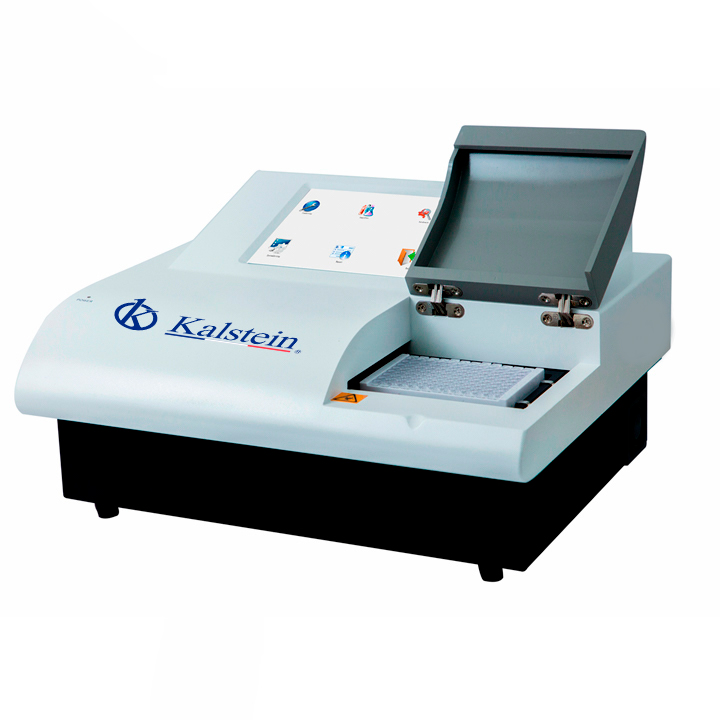COVID-19 is an infectious viral disease caused by the virus known as SARS-CoV-2. It is characterized by fever, cough, shortness of breath, muscle pain, and fatigue, however, on occasions when the disease becomes severe, it can lead to pneumonia, sepsis, respiratory distress syndrome, or circulatory shock. People can be infected when an infected individual emits microdrops of fluid by talking, sneezing, breathing, or coughing.
Several tests are available to diagnose COVID-19, one of the most common and widely used being the RT-PCR test, in which a sample is taken using a nasopharyngeal swab or by obtaining a sample from a part of the respiratory tract, such as the pharynx. Despite the existence of this test, there are others that are equally useful for the diagnosis and monitoring of the disease, these are the serological tests, which unlike PCR, use the serum that is separated from the blood of the patient to diagnose. Diagnosis with serological tests is very important in the identification and monitoring of infected, immune and potentially protected people. The immunochromatographic assays and the ELISA test are the most common.
Fundamentals of a Microplate Reader
Microplate readers are instruments used in laboratories in order to detect physical, chemical or biological agents contained in a sample being evaluated. They are multimodal teams, meaning that they have the ability to perform several types of trials or experiments at the same time. Among its main functions are the measurement of fluorescence, luminescence and absorbance.
All microplate readers consist of microwells, which is where the sample for analysis is deposited. One of the most common tests performed by this team is the ELISA test for the diagnosis of antigens in blood. Through this trial it is possible to diagnose diseases such as dengue, hepatitis B, yellow fever, HIV and COVID-19.
COVID-19 detection protocol by ELISA and microplate reader
ELISA, Enzyme-Linked Immunosorbent Assay, which means enzyme-linked immunosorbent assay. The ELISA technique is commonly used for the detection of antigens or antibodies, as well as proteins and glycoproteins that may be found in biological samples. In clinical medicine and biochemistry, the ELISA test is especially useful due to its high sensitivity and specificity, to how simple the protocol is and to its safety, since no dangerous reagents are required. Steps of the COVID-19 ELISA technique are described below:
- The patient’s sample, i.e. serum, is deposited in the microwells of the plate of the microplate reader, where the SARS-CoV-2 antigen is located.
- If antibodies to SARS-CoV-2 are present in the sample from the patient, they will recognize the antigen and form a complex. The plaque is then washed with a detergent solution to remove non-specific elements or cells.
- Capture antibody labeled with the enzyme is added.
- The enzyme substrate is added for later incubation.
- In microwells where the sample comes from patients who are infected and have antibodies against the virus, the antibodies that are labeled with the enzyme will act on the substrate and a change in color will occur, this means that the test is positive.
- Color change can be evaluated with the unaided eye or quantified using a microplate reader.
- In case the test is negative, the substrate does not change color.
Kalstein brand microplate readers
Kalstein is a leader in the sale of equipment used in the laboratories dedicated to science as well as in the clinical laboratories, since they are MANUFACTURERS of the same, we can assure you that you will carry out the PURCHASE of high quality equipment and technology, of course at the cheapest PRICES. Inside our catalog of microplate readers is our YR series ELISA reader which is characterized by: HERE
- You can add or modify open systems, test items, and parameters.
- Large storage capacity for 1,000 test items and 1,000,000 results.
- 10.4-inch color touch panel LCD.
- 96-well plate, multiple tests on a single plate.
If you want to know our catalog of microplate readers and make your quote, enter HERE


